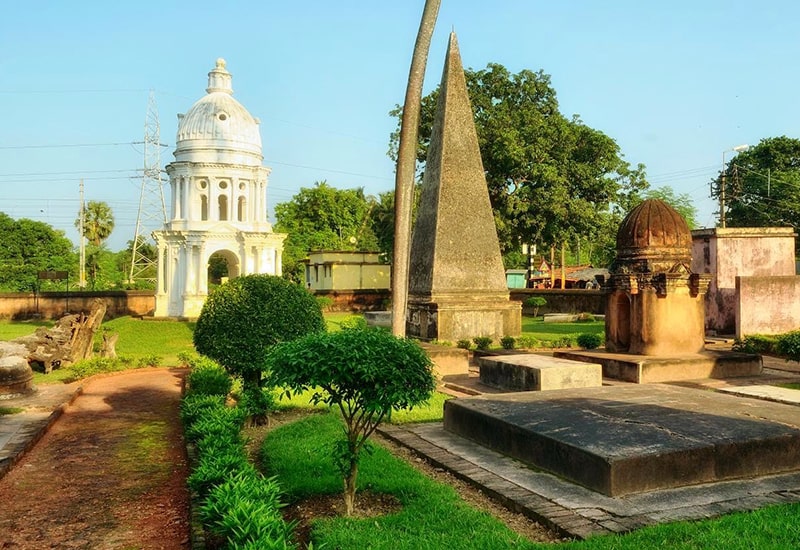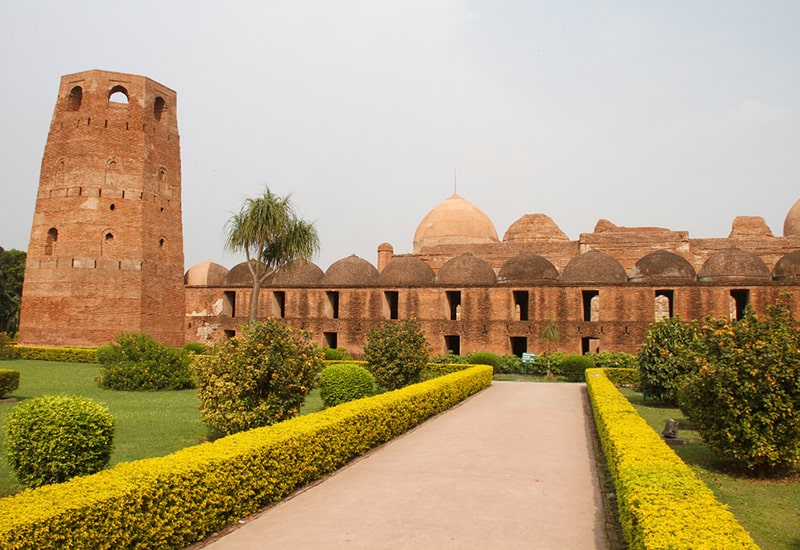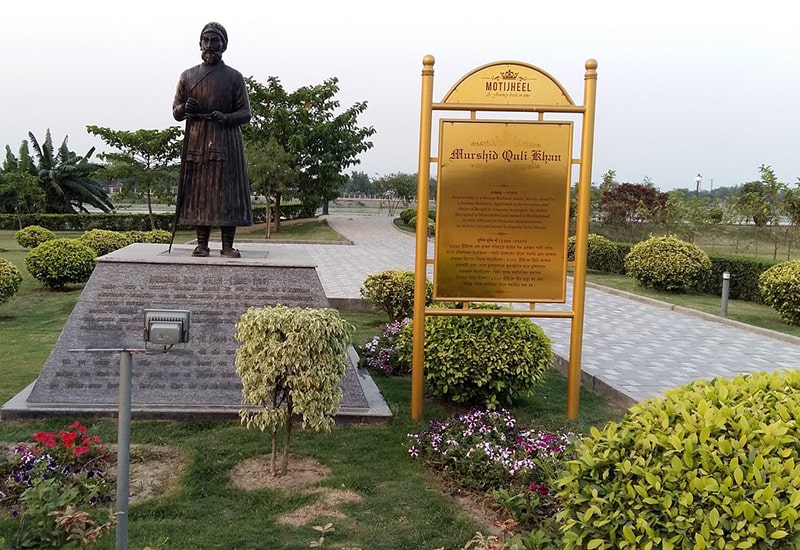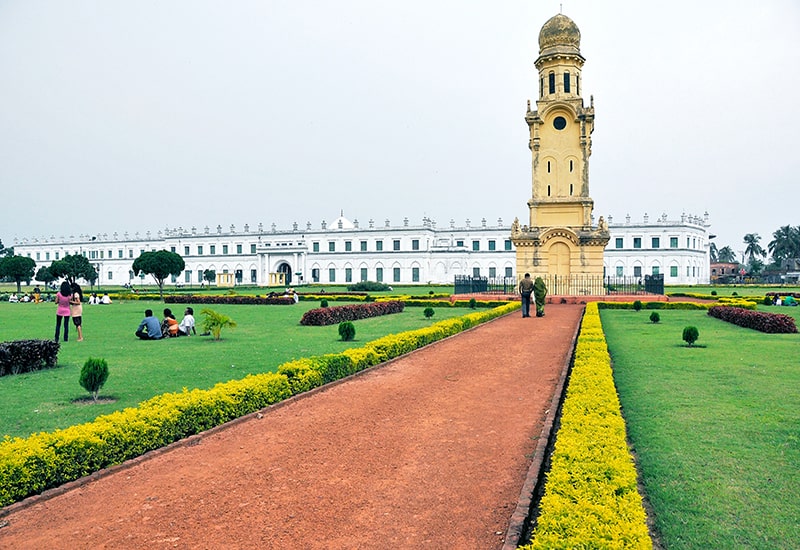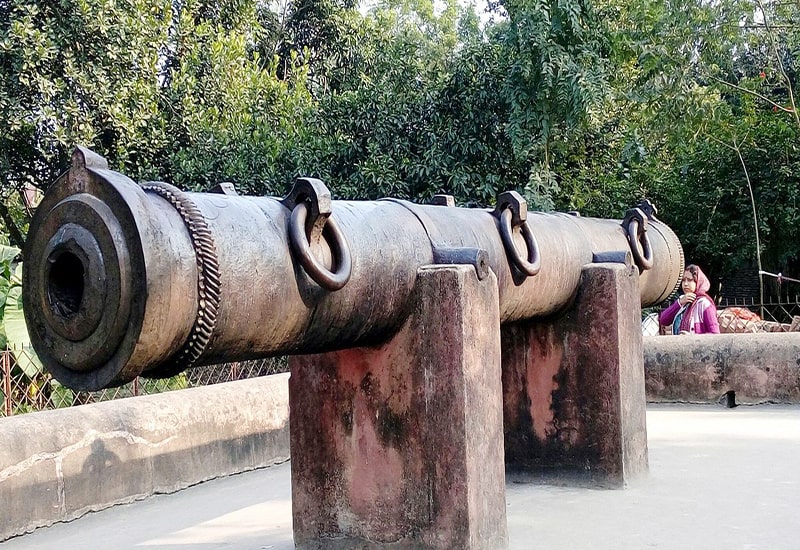Jahan Kosha Cannon is placed in the Topekhana, a quarter of mile to the south east of the Katra Mosque, in the town of Murshidabad, West Bengal, India. Topekhana was the Nawab's Artillery Park and the entrance gate of the old capital of Bengal, Bihar and Orissa, the city of Jahangir Nagar. It is protected on the east by the Gobra Nala, locally known as the Katra Jheel. Here, the Jahan Kosha Cannon is laid to rest.
Before being placed at its current location, it rested on a carriage with wheels and was surrounded by the roots of a Peepal tree. The growth of the tree roots gradually lifted the gun four feet above the ground. The wheels of the gun carriage have disappeared, but the iron-work of the carriage and the trunions are still visible.



